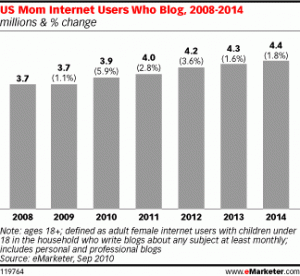While the Angels may have gone to heaven and the bunnies descended down the rabbit hole to accompany Alice in Wonderland - all is not doom and gloom on TV. In fact, things are getting pretty hilarious.
After years on the decline, and losing the rating game to dramas, the NY Times reports that "sitcoms are making a comeback." According to the report:
So far this season, sitcoms occupy seven of the top 10 spots among entertainment programs (not counting football) in the category of most financial importance to network executives — viewers ages 18 to 49.Given that ratings have, traditionally, been what drives ad prices and ad buys most, the report goes on to assert:
The result will most likely be an even greater flourishing of sitcoms next season. Mr. [Kevin] Reilly [President of Fox Entertainment] said an increase of as much as 25 percent in comedy was possible.Sitcoms might not be laughing all the way to the bank, though. Ad Age reports that, despite hefty price tags for highly rated sitcoms like "Modern Family" and "Two and a Half Men," live programming still manages to command the highest prices.
NBC's Sunday Night Football won top slot, with the average 30 second spot costing $512,367. American Idol scored a close second, with average spots ranging from $468,100 - $502,900.
The results continue to bolster the notion that the shows most in demand are those viewers tend to watch live, rather than play back days later with a DVR or via video-on-demand. When millions of viewers tune in live, marketers pay a premium.It seems like the NY Times and Ad Age are presenting two different pictures of what Network TV programming will look like moving forward. From a ratings base - comedies seem like a strong bet. However, as networks and advertisers continue to struggle with how to account for the "time shifting" effect of DVR's, the lure of live TV might be too much to resist, as Advertisers have proven that they will pay extra for the privilege of engaging us in real time.





